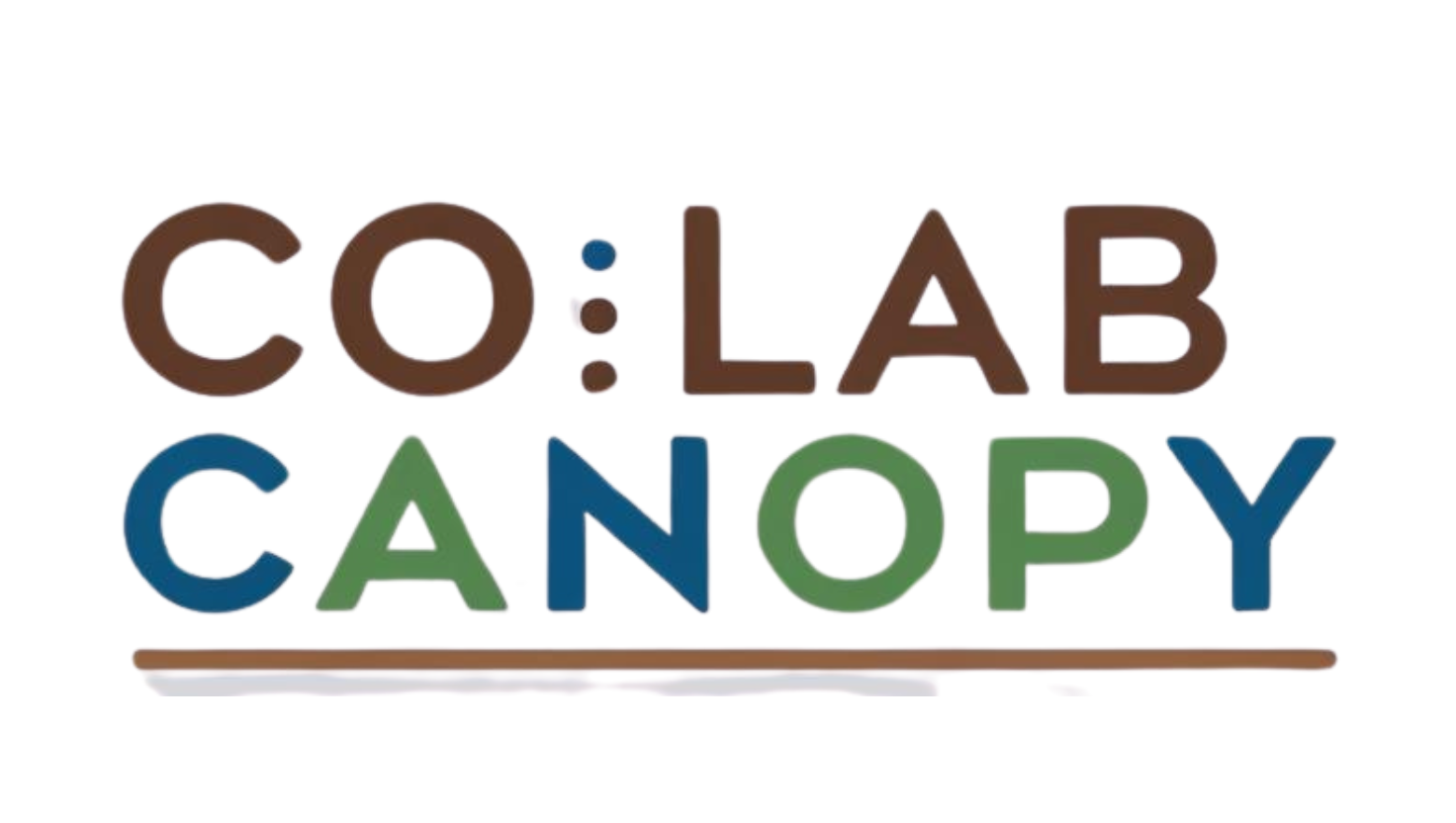Blockchain's role in digital art emissions: from proof of work to sustainable solutions

As the world becomes increasingly digitized, blockchain technology continues to revolutionize various sectors, including art. The rise of digital art and non-fungible tokens (NFTs) has brought new opportunities for artists and investors alike. However, this digital transformation also highlights significant environmental concerns, primarily due to the energy-intensive nature of blockchain technologies. This article delves into how blockchain, originally known for its carbon-heavy proof of work (PoW) algorithms, is evolving to adopt more sustainable solutions in the digital art domain.
The environmental impact of proof of work algorithms
Proof of work is the underlying consensus mechanism for many blockchain networks, including Bitcoin and Ethereum. This method requires miners to solve complex mathematical problems to validate transactions and create new blocks. While effective in securing decentralized networks, PoW's energy consumption has raised significant environmental concerns.
Energy consumption and carbon footprint
The computational power required to solve PoW puzzles consumes a staggering amount of electricity. Estimates suggest that Bitcoin mining alone uses more electricity annually than some entire countries. This high energy demand translates into a substantial carbon footprint, particularly when mining operations rely on non-renewable energy sources. As digital art and NFTs primarily operate on these blockchains, they inherit the environmental burden associated with PoW algorithms.
Transitioning to sustainable solutions
Digital art stakeholders are becoming increasingly aware of blockchain's environmental impact and are actively seeking sustainable alternatives.
Proof of stake (PoS) algorithms
One promising solution is the transition from proof of work to proof of stake consensus mechanisms. Unlike PoW, PoS algorithms do not require energy-intensive computations. Instead, validators are chosen to create new blocks based on the number of tokens they hold and are willing to 'stake' as collateral. This approach significantly reduces energy consumption while maintaining network security.
Ethereum, the most prominent blockchain for NFTs, is in the process of transitioning to Ethereum 2.0, which utilizes a PoS mechanism. This change is expected to reduce Ethereum's energy consumption by approximately 99.95%, making the network more environmentally friendly and sustainable for digital art.
Layer 2 solutions and sidechains
Layer 2 solutions and sidechains offer additional methods to mitigate blockchain's environmental impact. These technologies operate on top of or alongside the main blockchain, processing transactions off-chain and only settling the final state on the main chain. By reducing the number of on-chain transactions, these solutions can significantly lower the energy requirements for digital art transactions.
Renewable energy initiatives
Harnessing renewable energy sources for blockchain operations is another strategy to address the carbon footprint of PoW algorithms. Initiatives are emerging where miners and validators commit to using wind, solar, or hydroelectric power. Such efforts can dramatically reduce the environmental impact of blockchain-based digital art, making it a greener alternative to traditional art markets.
Community and industry-driven solutions
The push towards sustainability in digital art goes beyond technical innovations. Community and industry-driven efforts play a crucial role in promoting eco-friendly practices.
Carbon offset projects
Several NFT platforms and digital artists are already taking steps to offset their carbon emissions. By contributing to carbon offset projects, such as reforestation and renewable energy funding, they can mitigate their environmental impact. Platforms like Art Blocks and OpenSea have started incorporating such initiatives, setting an example for others in the digital art community to follow.
Environmental awareness and education
Raising awareness about blockchain's environmental challenges and promoting sustainable practices is essential. Digital art platforms, artists, and collectors must be informed about the ecological implications of their practices. Encouraging eco-friendly habits and supporting sustainable technologies can foster a more responsible digital art ecosystem.
Conclusion
Blockchain technology has undeniably transformed the digital art world, offering new avenues for creativity and investment. However, these advancements come with considerable environmental costs due to energy-intensive proof of work algorithms. By transitioning to proof of stake models, implementing layer 2 solutions, leveraging renewable energy, and fostering community-driven sustainability initiatives, the digital art community can significantly reduce its carbon footprint. The path to a more sustainable future is a collective effort, and embracing these solutions will ensure that the digital art revolution is also an environmentally responsible one.



Comments ()